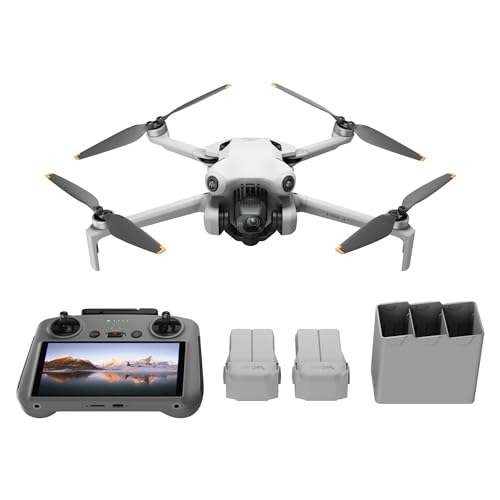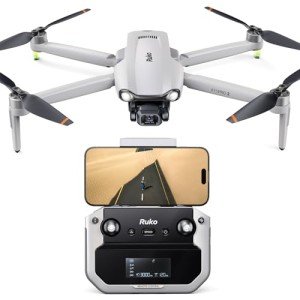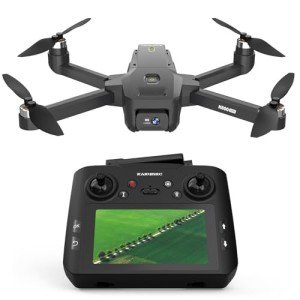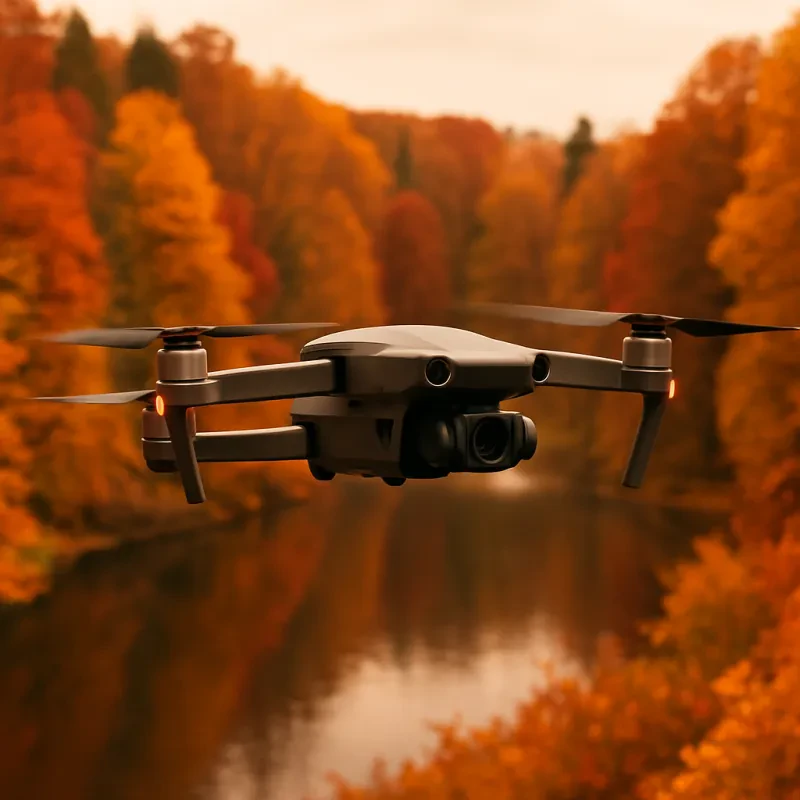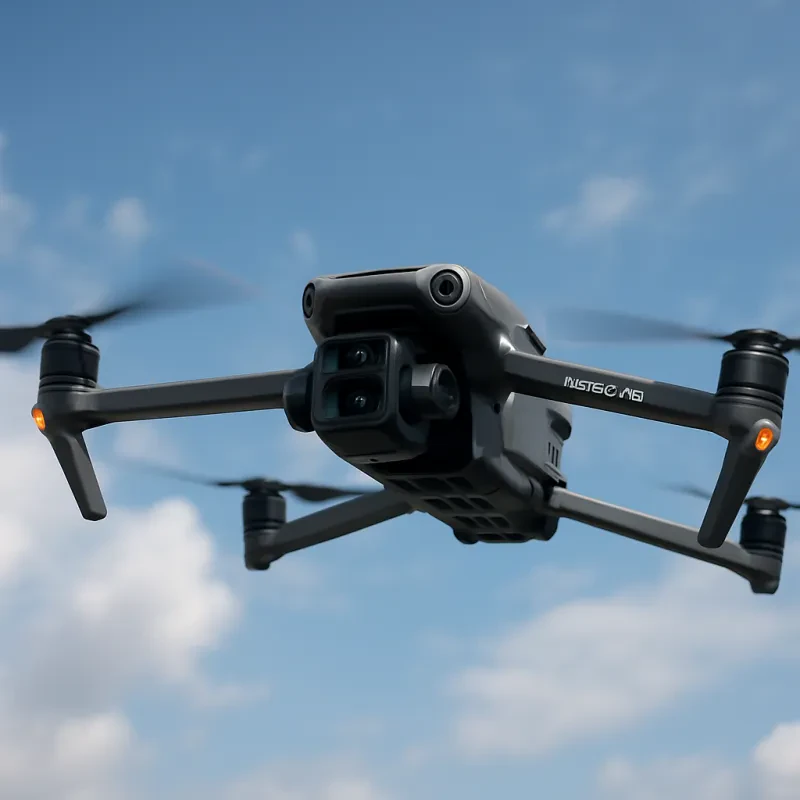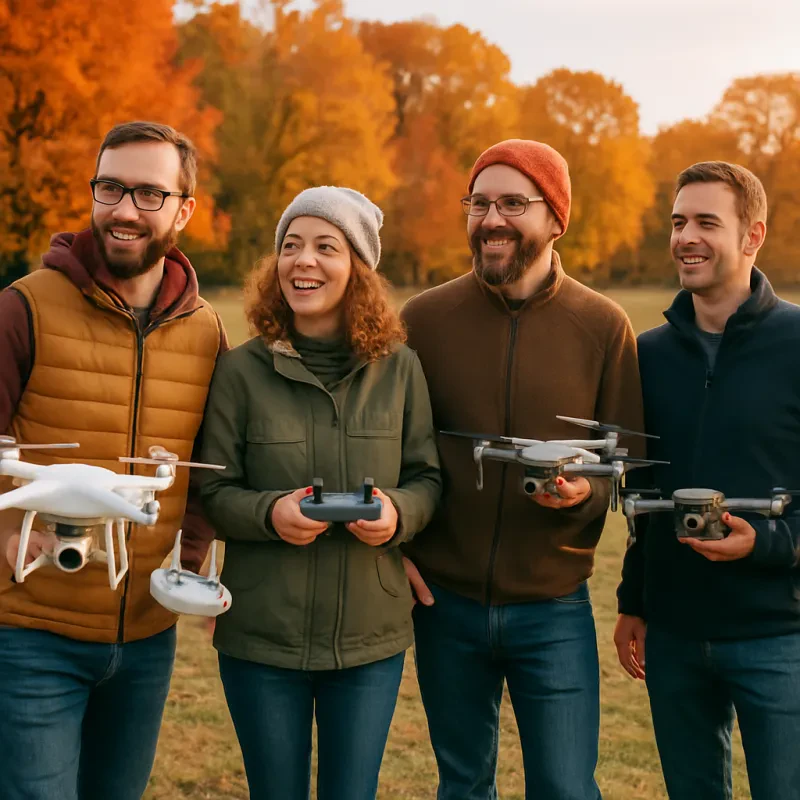What is BVLOS?
BVLOS, or Beyond Visual Line of Sight, is a pivotal concept in the drone industry that facilitates the operation of unmanned aerial vehicles (UAVs) beyond the operator's direct visual perception. Unlike VLOS (Visual Line of Sight) operations, where the drone must remain within the line of sight of the pilot, BVLOS allows for greater distances and enhanced operational flexibility. This distinction opens up a myriad of possibilities for commercial and recreational applications, pushing the boundaries of what UAV technology can achieve.
The technical specifications that define BVLOS operations hinge on various factors, including drone performance, communication systems, and safety protocols. BVLOS operations typically require robust communication links between the drone and the operator, enabling real-time telemetry, video feeds, and situational awareness. Furthermore, compliance with regulatory guidelines set forth by aviation authorities is crucial for the safe execution of these flights. Such regulations often stipulate the need for detect-and-avoid systems to mitigate potential risks associated with operating UAVs beyond visual ranges.
Various types of BVLOS operations exist, each offering unique benefits across different sectors. In commercial applications, BVLOS enables industries such as agriculture, infrastructure inspection, and logistics to utilize drones for tasks like crop monitoring, surveying, and package delivery. These operations not only enhance efficiency but also reduce human resource costs and operational timeframes. In the recreational arena, BVLOS opens up new horizons for drone enthusiasts, allowing for more expansive exploration and creativity in aerial photography and racing competitions.
As drone technology continues to evolve, the significance of BVLOS operations becomes increasingly apparent, marking a transformative phase in the integration of UAVs into various domains. The continuous advancements in technology and regulatory frameworks are poised to further facilitate the growth and adoption of BVLOS operations, expanding the capabilities and scope of drone applications across multiple industries.
The Importance of BVLOS Operations
Beyond Visual Line of Sight (BVLOS) operations represent a transformative advancement in the drone industry, significantly enhancing the overall efficiency and effectiveness of drone applications across numerous sectors. By allowing drones to operate without continuous visual contact with the operator, BVLOS expands the operational range of these aerial vehicles. This capability is particularly beneficial in areas such as agriculture, delivery services, and disaster response, where the ability to cover vast areas quickly and efficiently can lead to improved outcomes.
In agriculture, for example, BVLOS operations enable farmers to monitor fields that span hundreds of acres without the need for constant physical proximity to the drone. This increased range allows for extensive data collection on crop health, soil conditions, and pest management from a single flight, facilitating real-time decision-making that can lead to improved yields and reduced resource consumption. Similarly, delivery services benefit from BVLOS, as drones can transport packages over long distances to remote or urban areas, significantly decreasing delivery times and enhancing customer satisfaction.
Moreover, BVLOS operations are invaluable in disaster response scenarios, where time is of the essence. Drones can swiftly assess damage, locate survivors, and deliver critical supplies to inaccessible locations. The capability to conduct these operations from a safe distance enhances both operational safety and effectiveness, enabling first responders to focus their efforts where they are needed most.
From a financial perspective, the integration of BVLOS operations can lead to reduced operational costs for companies. With the ability to cover larger distances in less time, businesses can utilize their resources more efficiently, ultimately resulting in improved profit margins. The societal benefits stemming from these advancements are profound, as BVLOS technology contributes to enhanced public safety and overall economic growth.
Regulatory Framework and Challenges
The regulatory landscape surrounding Beyond Visual Line of Sight (BVLOS) operations is intricate and varies significantly between different countries. In the United States, the Federal Aviation Administration (FAA) plays a pivotal role in establishing and enforcing regulations that govern BVLOS flights. These regulations are intended to ensure safety in the national airspace while fostering innovation in the drone industry. Operators seeking to conduct BVLOS flights must adhere to a structured set of guidelines that include thorough risk assessments, operational limitations, and pilot certification requirements.
One of the primary challenges faced by drone operators is the process of obtaining the necessary permissions for BVLOS operations. The FAA has established a stringent approval framework that is complex and time-consuming. Operators must apply for a waiver, demonstrating that their intended operations can be conducted safely. This includes outlining their operational plans, safety protocols, and measures in place to mitigate risks associated with BVLOS flights. The requirement for comprehensive documentation often deters potential operators, as they may lack the resources or expertise to navigate the regulatory process successfully.
In addition to regulatory hurdles, the demand for pilot certification cannot be overstated. Airline pilots and drone operators must possess relevant qualifications to ensure they are capable of managing flights safely. Advanced technology, such as detect-and-avoid systems, is increasingly emphasized by regulatory bodies. These systems enable drones to identify and avoid obstacles autonomously, thereby enhancing safety during BVLOS operations. The integration of such technologies is crucial to gaining regulatory approval and achieving operational efficiency in environments where traditional visual line of sight is not feasible.
Overall, while BVLOS regulations present significant challenges for drone operators, they are essential for maintaining safety and fostering the sustainable growth of the drone industry. As technology continues to advance, it will be imperative for regulatory frameworks to evolve, balancing innovation with the paramount need for safety in BVLOS operations.
Future Trends and Innovations in BVLOS
The future of Beyond Visual Line of Sight (BVLOS) operations in the drone industry is poised for significant transformation, driven by a combination of technological advancements and innovative applications. As the demand for aerial services increases across various sectors, new drone designs and capabilities are emerging to optimize BVLOS operations. Aerospace manufacturers are focusing on improving the endurance, payload capacity, and efficiency of drones, enabling longer flights over extended distances while carrying heavier or more complex cargo.
One of the most pivotal advancements is the integration of artificial intelligence (AI) into drone systems. AI and machine learning technologies are enhancing drone autonomy, allowing them to navigate complex environments without continuous human intervention. These advancements enable more nuanced decision-making capabilities, such as obstacle avoidance and real-time data processing, which are essential for safe BVLOS operations. Furthermore, AI can facilitate the gathering and analysis of large datasets during flights, improving operational efficiency and allowing for data-rich insights in applications such as agriculture and environmental monitoring.
As BVLOS technology evolves, its implications for various industries are becoming increasingly significant. Logistics is one sector that stands to benefit immensely from the adoption of BVLOS operations. With the capability to transport goods across vast distances quickly and safely, BVLOS can streamline supply chains, reduce delivery times, and decrease operational costs. Additionally, public safety endeavors such as search and rescue missions can be enhanced through BVLOS, as drones equipped with advanced sensors can reach remote areas more efficiently than traditional methods.
Moreover, infrastructure monitoring, disaster response, and urban planning are other areas where BVLOS operations are likely to have a revolutionary impact. As institutions implement BVLOS, the potential for increased efficiency and effectiveness in these fields becomes apparent. The future of BVLOS is bright, as innovations continue to redefine the aerial landscape.


